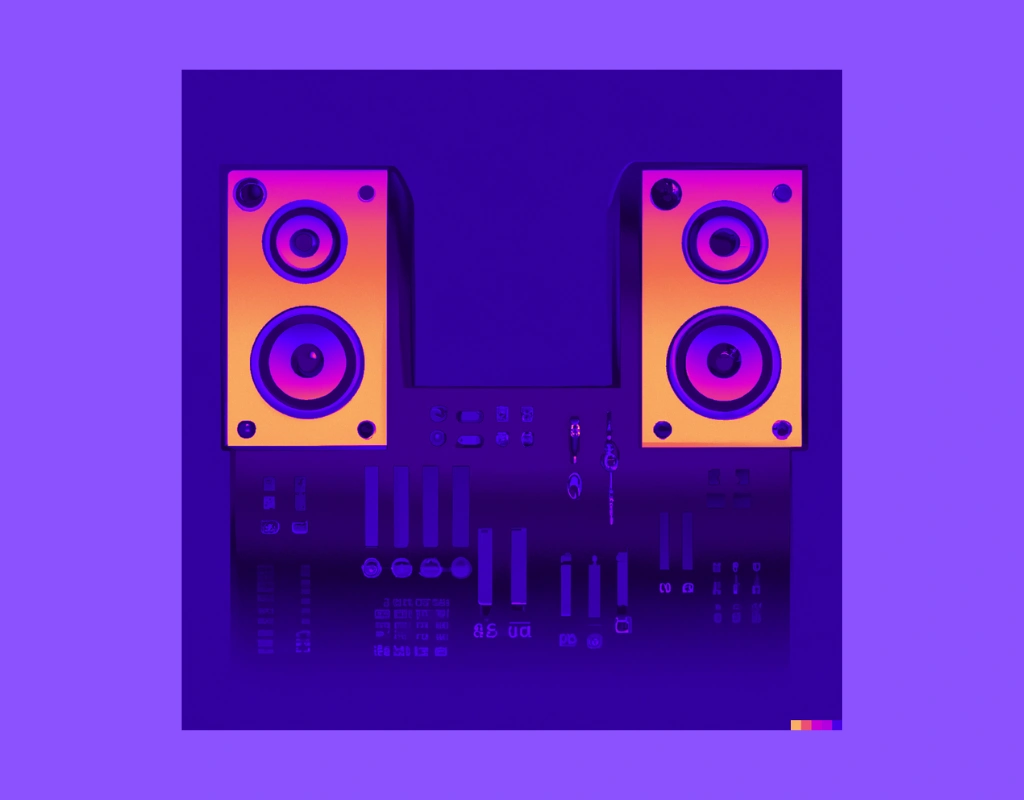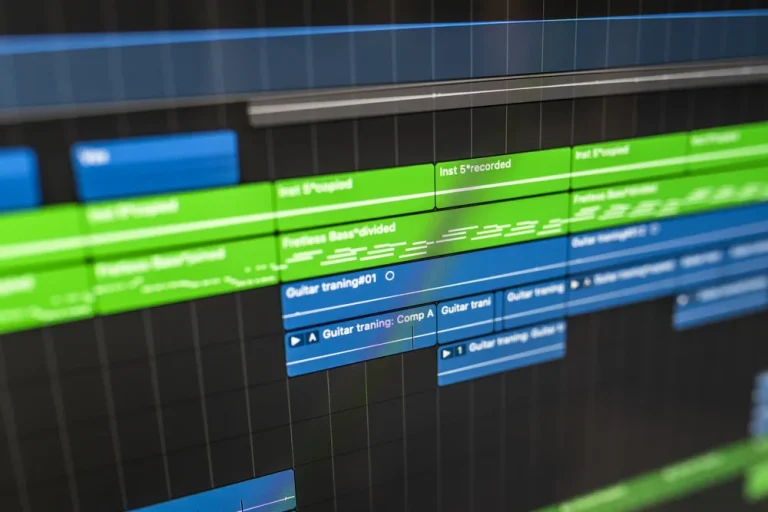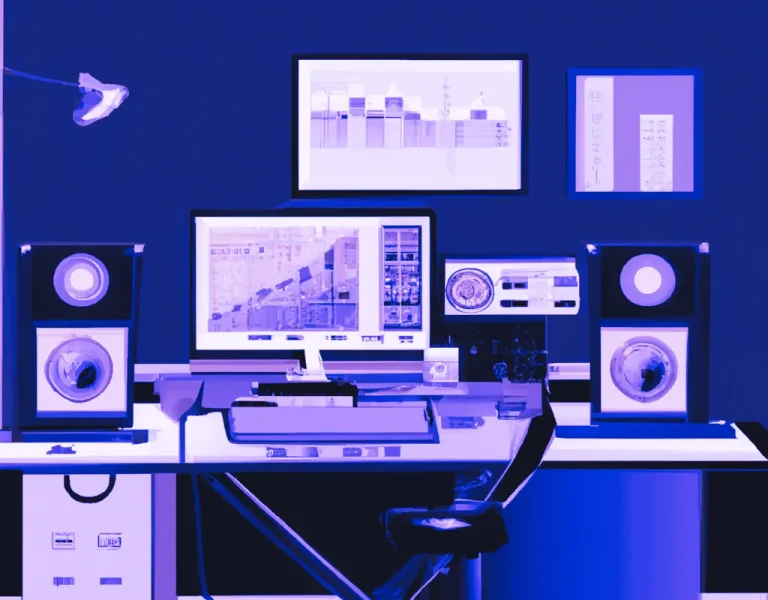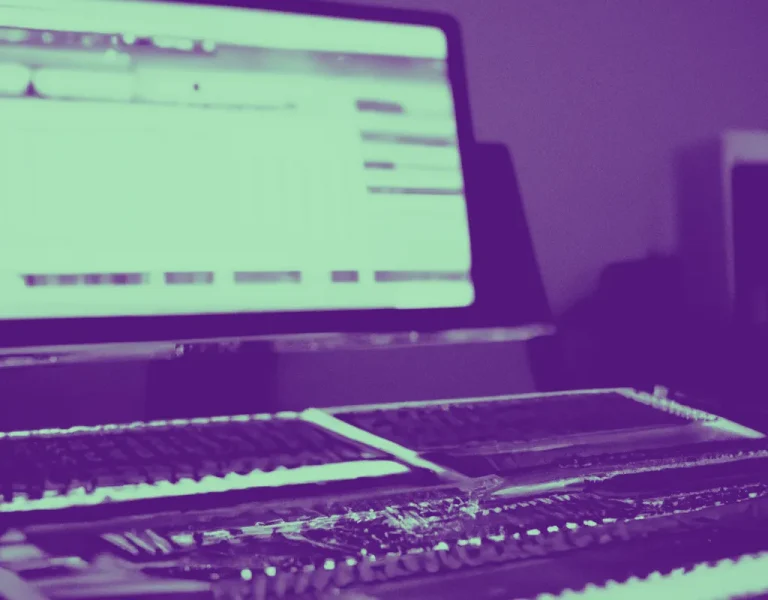Transform Your Sound With Audio Panning Techniques In 2023
Discover the art of audio panning techniques and how they can elevate your music production skills to new heights.
In this easy-to-understand guide, we’ll share some handy tips and tricks to help you master the art of audio panning in no time.
So, buckle up, and let’s get started on our audio adventure!
Key Takeaways:
- Audio panning is crucial in music production to avoid clashing and masking between elements in a mix.
- Effective panning requires experimentation, best practices, and automation techniques to maintain a balanced mix.
- Adjusting panning based on the specific needs of a project can create engaging, well-balanced mixes.
Table of Contents
What Is Audio Panning?

Audio panning is an essential technique in music production, which involves positioning sounds at specific locations within the stereo image of a mix. This technique is crucial for achieving balance and clarity in a mix.
It allows producers to give each instrument its space in the stereo field, thus avoiding clashing and masking between various elements in a song (Teach Me Audio).
Using pan pots, engineers can manipulate the perception of an instrument’s position within the stereo field, creating a more immersive and realistic listening experience.
Panning can control the width of stereo instruments and improve the overall depth and separation in a mix (Mixing Lessons).
Although audio panning is subjective, with no fixed rules on where to place instruments in the stereo field, it is essential to understand the basic principles and techniques for achieving a well-balanced mix.
Experimentation, combined with knowledge of frequency characteristics and the natural positions of instruments, can lead to creative and effective results. (eMastered).
Understanding the Stereo Field
The stereo field is a crucial concept in audio production and mixing, and it defines the spatial positioning of sounds within a stereo mix’s left and right channels.
A well-balanced stereo field can add depth, width, and cohesion to the mix, ensuring each element has its place on the soundstage.
It is important to use audio panning techniques to create a balanced stereo field, which involves adjusting individual sounds’ position along the left-right spectrum.
Here are some general guidelines for using panning effectively:
- Keep low-frequency elements, such as kick drums and basslines, centered or panned closer to the center to create a solid foundation for the mix. This helps maintain a tight low end and prevents muddiness or phase cancellation issues. Loopmasters suggests keeping anything below 120Hz centered.
- Use the L-C-R (left-center-right) panning technique for a retro-sounding mix. This involves panning elements to one of three positions: far left, dead center, or far right. However, this technique is not widely used in modern music production, as mentioned by MusicRadar.
- Instruments with similar frequency ranges should be panned on opposite sides of the mix to avoid frequency clashes and to maintain clarity.
When planning the stereo panorama of your mix, consider the following table, illustrating some suggested panning placements for standard instruments:
| Instrument | Suggested Panning Position |
| Kick Drum | Center |
| Snare Drum | Center or Slightly Off-center |
| Bass | Center |
| Guitar | Left or Right |
| Lead Vocal | Center |
| Background Vocals | Left and Right |
Experimentation is key; finding the right depth, width, and clarity balance is integral to the mixing process.
Types of Audio Panning Techniques
Audio panning is crucial in music production, helping create depth and space in a mix. Several techniques can achieve various effects, making each sound stand out.
The following table presents three commonly used panning techniques:
| Technique | Description |
| 1. LCR Panning | Also known as Left-Center-Right Panning, this technique involves placing elements exclusively in the stereo field’s left, center, or right. This can create a wide and open sound stage. |
| 2. Frequency-Based Panning | This approach involves panning instruments based on their frequency content, ensuring that elements with similar frequencies do not clash. For example, high-frequency sounds like cymbals are often panned to the sides, while lower-frequency sounds like bass and kick drum are placed in the center. |
| 3. Depth-Based Panning | Depth-based panning creates a sense of front-to-back depth in a mix by using volume and reverb to simulate distance. For instance, elements that should appear closer to the listener can be panned to the center with less reverb, while those that should be further away can be panned wider and have more reverb added. |
When panning different instruments, it is essential to consider their role and importance in the mix:
- To establish a strong base and keep the mix coherent, it’s common practice to center the kick drum, snare drum, bass guitar, and lead vocals in the mix. (Mixing Lessons).
- Drum panning techniques can help create a realistic sound stage by placing each drum element where it would naturally be in an acoustic drum kit (Ditto Music).
- Panning mono sources using pan pots allows for distributing of sounds between the left and right sides of the stereo field, creating a balanced and engaging mix (eMastered).
Effective Audio Panning Techniques
Panning is an essential technique in music production that helps create a balanced and engaging stereo mix.
Here are some tips for effective panning:
1. Consider frequency and instrument position: Keep low-frequency elements like kick drums and basses closer to the mix’s center, creating a solid core and preventing muddiness. Higher-frequency elements, such as cymbals and guitars, can be panned more to the sides to create width and depth (Loopmasters).
2. Avoid overcrowding: Distribute instruments evenly across the stereo field to avoid overcrowding and maintain a well-balanced mix (iZotope). This helps prevent listener fatigue and ensures that every element in your mix is heard.
3. Balance and symmetry: Achieve balance in your mix by creating complementary panned pairs, such as two guitars panned to opposite sides. Symmetry can provide a pleasing effect and helps prevent the mix from sounding lopsided.
Here are a few standard instrument panning positions that serve as a starting point:
| Element | Typical Panning Position | Reasoning |
| Kick Drum | Center | To provide a solid foundation for the groove |
| Snare Drum | Center | To maintain a steady rhythm and balance |
| Bass Guitar | Center | To anchor the track and support low frequencies |
| Lead Vocals | Center | To capture the listener’s attention and create a focal point |
| Backing Vocals | Left and Right (varying degrees) | To add width and depth while supporting the lead vocals |
| Guitars | Left and Right (varying degrees) | To create a sense of space and avoid frequency clashes |
| Keyboard/Synths | Left and Right (varying degrees) | To build texture and depth within the mix |
4. Create depth with automation: Use panning automation to change the position of an instrument or sound effect over time, which can create a more immersive and dynamic mix (iZotope).
5. Experiment with stereo width: Using tools like stereo wideners or mid-side processing, you can enhance the perceived width of your mix while maintaining control over the balance.
Use these panning techniques throughout your mix to achieve a balanced and engaging listening experience.
By considering these principles and adjusting the panning based on the specific needs of a project, mix engineers and music producers can create engaging, well-balanced mixes that captivate the listener.
Conclusion
In conclusion, audio panning is an essential technique in music production that involves positioning sounds at specific locations within the stereo image of a mix.
It allows producers to give each instrument its space in the stereo field, thus avoiding clashing and masking between various elements in a song.
Effective panning requires experimentation, best practices, and automation techniques to maintain a balanced mix, consider frequency range and timbre, emphasize each instrument, and introduce dynamic shifts.
By considering these principles and adjusting the panning based on the specific needs of a project, mix engineers and music producers can create engaging, well-balanced mixes that captivate the listener.
Frequently Asked Questions
How do you make panning sound good?
To make panning sound good, it’s crucial to find the right balance between various elements in the mix. One way is to pan instruments with similar frequency content to opposite sides to avoid clashing and masking. Another technique is to use creative panning to add depth, space, and interest to your mix by experimenting with various positions within the stereo field.
What are the different types of panning?
There are several types of panning, including hard, soft, and creative panning. Hard panning means placing an element entirely to one side, while soft panning involves a subtler positioning of the element within the stereo field. Creative panning involves using various techniques, such as automation, to create dynamic movement or unique spatial effects.
What instruments should be panned?
There are no strict rules for panning specific instruments, but some common practices include panning drums, guitars, and other harmonic elements to create a balanced mix. Vocals, bass, and kick drums are typically kept in the center to maintain focus and clarity. However, it’s essential to experiment and adjust panning based on the specific needs of your project.
Where to pan piano?
Panning a piano depends on the context of the mix and the desired effect. In general, it’s best to pan the piano across the stereo field to create a natural, immersive listening experience. However, the specific positioning of the piano will depend on the other elements in the mix and the intended result.
Panning in electronic music?
Panning in electronic music is just as crucial as in other genres. It can create depth, space, and clarity by separating different elements in the mix. Effective panning in electronic music often relies on automation and experimentation to find the ideal balance between various sounds. It’s essential to focus on the mix’s overall direction and create engaging well-balanced mixes.
Stereo field mixing techniques?
Stereo field mixing techniques involve using panning, stereo imaging, and spatial effects to create a full, balanced soundstage. These techniques include panning individual elements, using stereo-widening effects, and applying creative automation to adjust the stereo image dynamically. Experimenting with these techniques can lead to more engaging and immersive mixes that captivate listeners.







